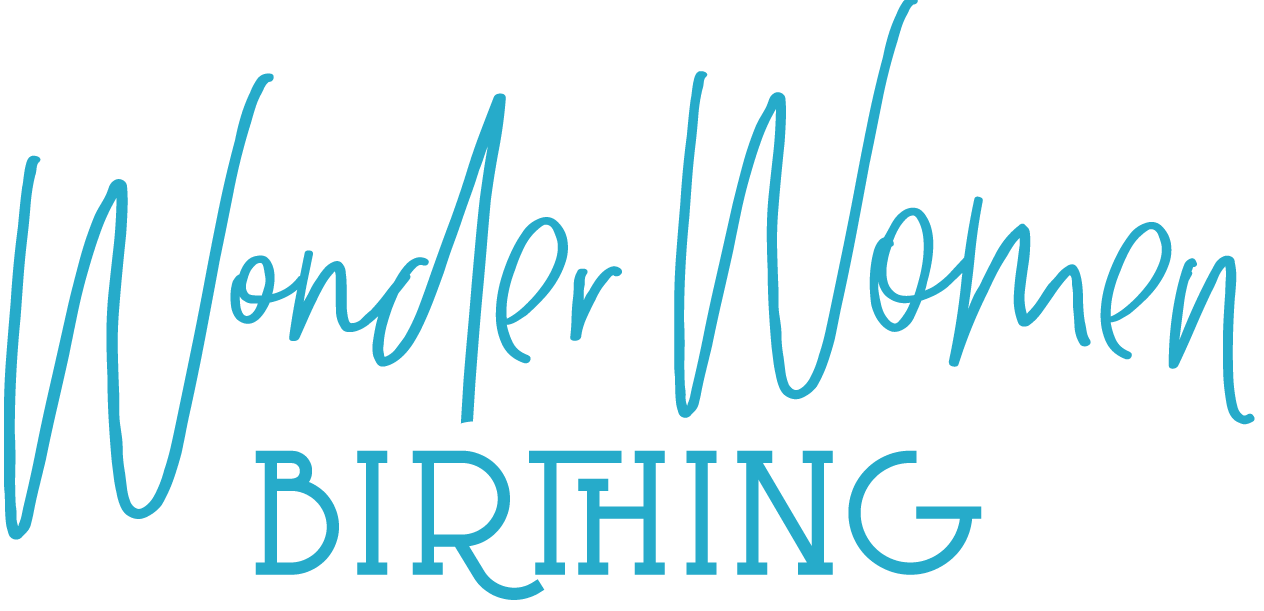
In the womb with your baby, nature has created the perfect organ that supports baby until birth. The placenta makes oxygen diffusion, excretes baby’s waste, supplies nutrition, and more. It is also beneficial for the mother during the postpartum period.
Placenta encapsulation is the process of taking a a placenta, after it has finished it’s job of nourishing your baby, and safely preparing it in a way that allows it to be put into capsules, so that they can be swallowed like a pill.
Consumption of the placenta, also known as placentophagy, is a practice that dates back to ancient times and is still common in certain cultures today.
Placentophagy (from ‘placenta’ + Greek φαγειν, to eat; also referred to as placentophagia) is the act of mammals eating the placenta of their young after childbirth. Most placental mammals participate in placentophagy.
The placenta contains high levels of prostaglandin which stimulates involution (a shrinking or return to a former size) of the uterus. The placenta also contains small amounts of oxytocin which eases birth stress and causes the smooth muscles around the mammary cells to contract and eject milk. Proponents also believe it can help prevent postpartum depression, may help with pain control and replace depleted iron.
Our Placenta package includes Placenta Pills, and Cord Keepsake. I also do Placenta Prints and tincture as add ons, available for purchase. Please see contract for pricing and details.
Placenta Benefits.
Placenta is composed of several healing proteins and hormones:
Prolactin: A hormone that promotes lactation
Oxytocin: “The love hormone” that promotes pain relief, and as it’s also released during labor, birth & breastfeeding; it encourages hormonal bonding with your baby and an increase in contentment
Thyroid Stimulating Hormone (TSH): Helps boost energy levels and aids in recovery from taxing events
Cortisone: Another hormone that tackles stress and unlocks energy stores
Interferon: An antibody that stimulates the immune system to protect against infections
Prostaglandins: Anti-inflammatory agents designed to speed up recovery
Hemoglobin: Protein that replenishes iron deficiency and anemia, a common postpartum condition
Urokinase inhibiting factor and factor XIII: Enzyme-like agents that stop bleeding and promote wound healing throughout the body
Gammaglobulins: Immune booster proteins that help protect against postpartum infections

Placenta Services.
Placenta Encapsulation
In order to preserve the placenta's delicate molecular structures we recommend the Raw Start Encapsulation Method (where the placenta is dehydrated at 160° for a minimum of 24 hours) for mamas who are a good candidate.
We also offer the TCM (Traditional Chinese Medicine) Method (lightly steamed before dehydrating at 160°) for mamas who request that service.
Depending on the method chosen, each placenta produces 100-200 capsules. The bigger your baby, the bigger your placenta!
Cord Keepsakes
Have a memento of the very special bond between you and your baby. We can make your cord into a heart or coil shape, depending on the length and your preference.
Some people choose to bury these with a plant or a tree near a special place, and others choose to keep this gift forever.
Prints
Placenta prints make beautiful art, you can frame it and admire the amazing tree of life that nourished your child for years to come. We will use your placenta to create a classic “tree” print on high quality watercolor paper before beginning the process for encapsulation. The result is an organic piece of art that is unique to you. If you want more than a blood print, we can use food based “paints” to create a print with rich green, yellow, and red-brown tones.
4oz Placenta Tincture
A tincture is made with fresh placenta components steeped in grain-based alcohol. The tincture is swirled daily for six weeks. This shelf-stable placenta infusion can be used long after your capsules are gone, and even into menopause.
4oz Placenta Salve
At the time of encapsulation, we are able to use a small amount of the dehydrated placenta to make a custom placenta healing salve. This very nourishing salve is excellent on all areas of the body, including the fragile facial skin and areas of problem skin conditions.
PLACENTA ENCAPSULATION BUNDLES.
No Matter What You Choose:
All placenta handling is done by one of our Placenta Encapsulation Specialists.
We aim for a 48-72 hour turnaround time from the time that we pick up your placenta from your birthplace.
Every placenta service includes:
Pick Up
Delivery
Bundle #1 - $250
Pick Up
Placenta Encapsulation
Delivery
Cord keepsake
Bundle #2 - $270 when booked in advance ($320 impromptu)
Pick Up
Placenta Encapsulation
Placenta Print
Delivery
Bundle #3 - $300 when booked in advance ($350 impromptu)
Pick Up
Placenta Encapsulation
Cord Keepsake
Placenta Print
Placenta Salve
Placenta Tincture
Delivery
A la Carte
Placenta Tincture - $40
Placenta Salve - $50
Placenta Print - $40

EBB Policy/Directive on Placenta Encapsulation
Due to the lack of quality research or safety information on placenta encapsulation for lactating mothers and breastfed infants, EBB cannot and does not endorse placenta encapsulation at this time.
For the safety of mothers and infants, for liability reasons, and to uphold the professional reputation of EBB, Instructors who practice or promote placenta encapsulation must follow the following policy regarding information that you post on your website, via social media, or in any communication with clients about placenta encapsulation:
Information should state that the benefits of placenta encapsulation have not been proven by research and only anecdotal information is available. For example, "Some women claim to have experienced…" is acceptable language. “These are the benefits of placenta encapsulation…" is not acceptable language.
Most research that is cited on placenta encapsulation information websites is either old or of very poor quality. "Research has proved the benefits" is not acceptable language regarding placenta encapsulation. For recent research on placenta encapsulation, please see the EBB blog article here: https://evidencebasedbirth.com/evidence-on-placenta-encapsulation/




